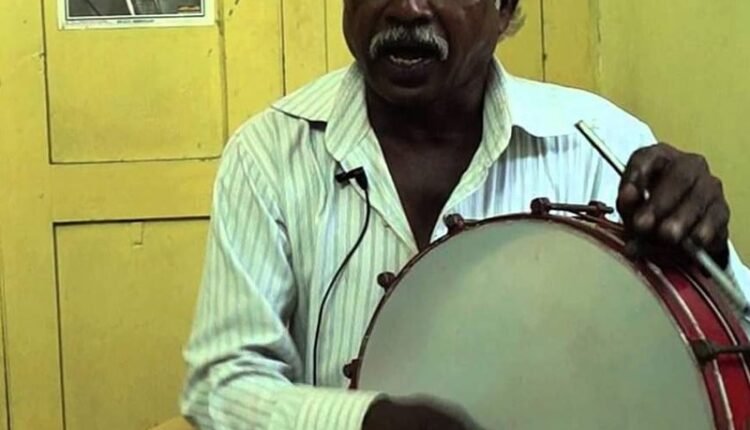Dappu : A Significant Role As Popular Folk Instrument
Dappu : The Dappu drum holds a significant role as a popular folk instrument in rural villages, particularly during festivals. It accompanies a dynamic dance performed in sync with its rhythmic beats, creating an atmosphere of excitement and energy. What begins as a slow-paced dance gradually evolves into vibrant songs, with the drum itself intensifying in its captivating tones. The echoes of this traditional drum resonate throughout the rural landscapes of Andhra Pradesh.
Dappu With Various Names
One such name is “Palaka,” given for its resemblance to a duck’s shape, albeit much larger in size. Historically, it was commonly employed in village gatherings and Dandora events. It also finds its place in rituals associated with death. Traditionally, the Madigalu community is skilled in playing this instrument. The drum holds immense importance in the realm of modern Indian musical instruments, being referred to by several names, including Koya, Thappeta, Kanaka Thappeta, and Tikora.
In the Chittoor district, it is recognized as a “plank,” while “Tappeta,” “Dappu,” “Palaka,” and “Koya” denote the larger drum. The second type is relatively smaller in size, featuring the moderate Kanaka Tappet and the diminutive Takora.
Drums, or “Dappu Chirra,” are played during weddings, and festivals, and are an integral part of political processions. They also accompany funeral processions, where the heated resonance of the drum adds depth to the somber atmosphere. They enliven fairs, with drummers adorned in various costumes such as Bairagi, Bandavesham, Toti Vesham, Doravesham, and Matangi Vesham. Even while portraying characters like bears and tigers, the drums are an essential accompaniment. Furthermore, during village poli, a ceremonial sacrifice, the drum’s resounding beats contribute to the ritual.
The “Dappu daruvu” encompasses a collection of around 30 rhythmic patterns, often referred to as “blows” or “daruvus.” These include Jathara daruvu (fair-related beats), God’s ooreginpu daruvu, Parushuram Daruvu, Kolupula Daruvu, Dandora, Chitikela Daruvu, Gadi Utala Daruvu, Gangamma Daruvu, Dunnapotu Daruvu, and Chauu Daruvu, among others. The art of playing the drum has been passed down through generations as a tradition, without any specific formal teachers.
The Dappu drum continues to be an integral part of rural cultural heritage, carrying forward the legacy of its enchanting beats and contributing to the rich tapestry of traditional music and dance.
Also Read : Kuchipudi Dance : A Renowned & Popular Classical Dance

